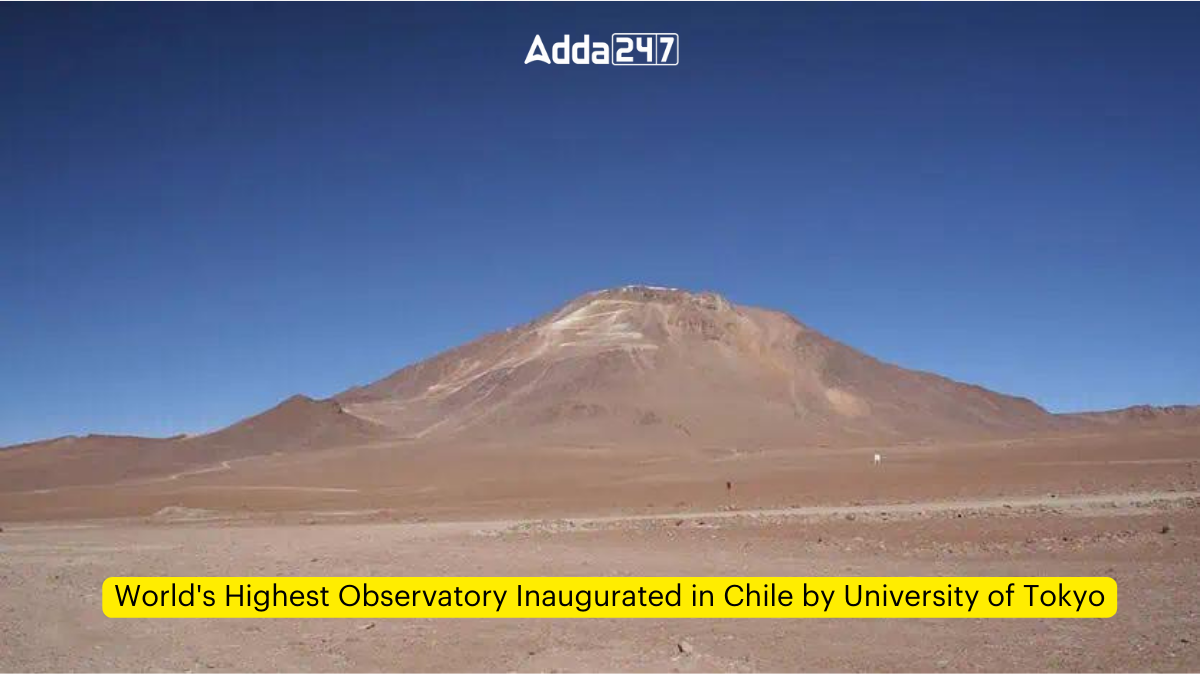The University of Tokyo has inaugurated the Atacama Observatory (TAO), which has been awarded a Guinness World Record for being the highest observatory in the world. Situated at a staggering 5,640 meters above sea level on the summit of Cerro Chajnantor in the Antofagasta Region of Chile, TAO stands as a testament to human ingenuity and determination.
Unveiling a 6.5-meter Optical-Infrared Telescope
At the heart of TAO lies a 6.5-meter optical-infrared telescope, designed to unravel the mysteries of the universe. This state-of-the-art instrument will focus on exploring the fundamental nature of the cosmos, contributing to our ever-expanding knowledge of the universe we inhabit.
A Unique Location for Astronomical Observation
TAO’s location was carefully chosen for its exceptional atmospheric conditions. With minimal water vapor in the atmosphere, the observatory offers an unparalleled vantage point for observing mid-infrared wavelengths, which are typically absorbed by water vapor at lower altitudes.
Overcoming Challenges in High-Altitude Construction
The construction of TAO was a monumental undertaking, spanning 26 years of meticulous planning and execution. Takashi Miyata, director of the Atacama Observatory and manager of TAO’s construction, acknowledged the incredible challenges faced not only from a technical perspective but also politically.
Mitigating Altitude Sickness Risks
To address the risks of altitude sickness for construction workers and astronomers, especially during nighttime operations when symptoms can worsen, a base facility has been constructed in San Pedro de Atacama, approximately 50km from the summit. This facility allows for remote operation of the telescope, ensuring the safety and well-being of those involved in TAO’s operations.
Proximity to ALMA: A Collaborative Astronomical Hub
TAO is strategically located near the ALMA (Atacama Large Millimeter/Submillimeter Array) radio telescope, one of the world’s largest astronomical projects involving an international association of countries. This proximity creates a collaborative hub for astronomical research, fostering collaboration and synergy among scientists from around the globe.
With the inauguration of TAO, the University of Tokyo has firmly established its presence at the forefront of astronomical exploration, paving the way for groundbreaking discoveries and advancing our understanding of the vast cosmos.




 2,000-Year-Old Kushan Coins from King Va...
2,000-Year-Old Kushan Coins from King Va...
 German Chancellor Friedrich Merz to Visi...
German Chancellor Friedrich Merz to Visi...
 India Introduces New e-Business Visa for...
India Introduces New e-Business Visa for...







